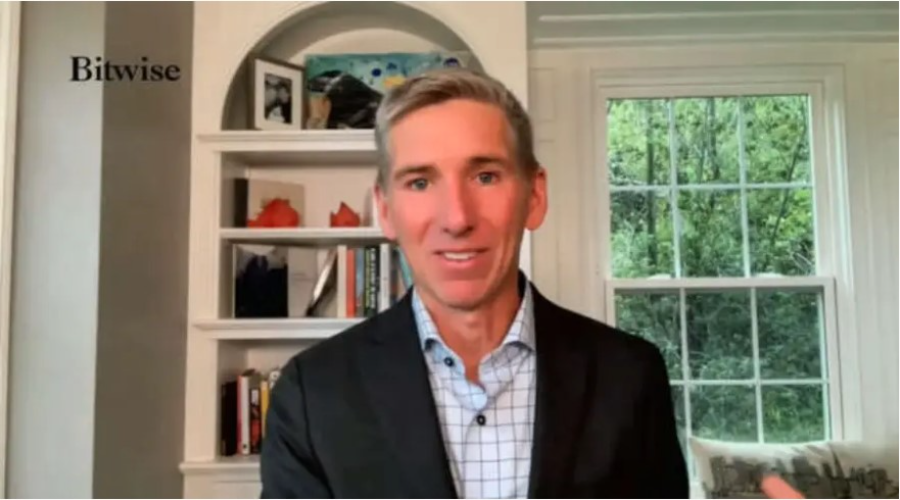Excessive exposure to the sun and without the use of sunscreen are risk factors for the development of skin cancer. Attention to one’s own body allows the identification of symptoms of the disease and early diagnosis.
This month, the campaign December Orange promotes awareness of skin cancer prevention. In a country with a tropical and sunny climate like Brazil, care must be taken.
Experts consulted by CNN highlight the main mistakes people make when treating their skin and how to prevent injuries and diseases.
1 – Stop using sunscreen
Exposure to ultraviolet (UV) radiation has an effect that builds up over time. The sun’s rays have the ability to penetrate deep into the skin. Among the changes caused are moles, freckles, stains, wrinkles and other problems. Experts recommend using sunscreen with a sun protection factor (SPF) of 30 or higher.
“The choice of the best sunscreen varies according to each skin, being more appropriately recommended according to the dermatologist. A person who has oily skin, for example, will need non-comedogenic sunscreens to prevent the development of acne. In general, the lighter the skin, the greater the protection factor should be”, says dermatologist Meire Gonzaga.
The expert emphasizes the need to reapplication of sunscreen to maintain protection. “Sunscreen should be reapplied every two hours or every dive. Many times, people use sunscreen in the morning and think they are protected until the end of the day. She ends up exposing herself excessively to radiation at times after ten in the morning and before 4 pm”, says Meire.
The Brazilian Society of Dermatology (SBD) also recommends covering exposed areas with appropriate clothing, such as long-sleeved shirts, pants and a wide-brimmed hat, in addition to wearing sunglasses.
“At the beach or pool where sun exposure is more intense and more constant, the use of sunscreen must be stricter. It should be used before going to the beach, wait 15 to 20 minutes for a water bath and reapply depending on each sunscreen and each skin”, guides the oncologist at Ceon+, Suelen Martins.
2 – Not doing proper skin hygiene
Skin hygiene in general is extremely important, according to the Brazilian Society of Dermatology (SBD). The elimination of pollutants and the removal of infectious agents is done through daily cleaning.
SBD recommends the use of suitable soaps for each skin type. For oily to combination skin, the ideal is to opt for soaps based on astringent ingredients that help remove impurities and unclog pores. In the case of dry and normal skin, liquid soaps with a neutral pH are ideal, and complementing the process with a cleansing lotion or cream, guides the SBD.
For the skin of the face, it is recommended to clean it twice a day, morning and night, to avoid the accumulation of oiliness and residues of makeup and other products, pollutants and dust. According to the SBD, the accumulation of dirt on the skin of the face leads to pore closure and favors the appearance of blackheads and pimples, in addition to contributing to premature aging.
3 – Excess tanning
The search for tanning is a common practice in Brazil, especially in the summer months, which begins on December 21st. Experts reinforce that the practice represents a risk, especially with the use of products without medical indication or homemade to achieve the desired color.
The Brazilian Society of Dermatology – Rio Grande do Sul Section (SBD-RS) points out that there are healthy methods to make the skin more golden. To understand what are the correct and healthy ways, it is recommended to consult a dermatologist. The professional will evaluate the history and sensitivity of the patient’s skin and may indicate the topical application of self-tanners that produce a tan-like effect, without harming health.
“Ultraviolet rays (UVR) are divided into RUVA, RUVB and RUVC. UVC do not reach the Earth’s surface, as they are filtered by the ozone layer. However, both RUVA and RUVB are harmful to the skin. RUVA rays are constant during the day, penetrate deeper into the skin and are responsible for tanning”, explains dermatologist and president of SBD-RS, Taciana Dal’Forno Dini.
“The use of sunscreens, protective clothing, caps and hats, avoiding or redoubling care at times of more intense solar radiation, are fundamental measures for adequate protection”, he adds.
4 – Not paying attention to body signals
Paying attention to your own body can lead to the identification of changes in the skin that can indicate the emergence of simple health problems, such as acne or blemishes, to more serious conditions such as skin cancer.
“I think the main mistake is to neglect what you are seeing. The skin is the largest organ in the body, it is there for everyone to see. Signs often go unnoticed or overlooked. So this is a central error”, says oncologist Rodrigo Munhoz, from Hospital Sírio-Libanês, in São Paulo.
Among the most common skin problems of the summer period are mycoses, which are infections caused by fungi; rashes or small balls that arise due to skin contact with sweat; white spots and freckles, and solar acne caused by the mixture of increased skin oiliness, sweating, use of sunscreen and solar radiation itself, according to the SBD.
5 – Seek medical attention only when faced with a symptom
Because it is the largest organ in the human body, the skin should not be treated superficially, experts argue.
In addition to care, such as the use of sunscreen and attention to possible changes, doctors recommend routine monitoring as the best way to maintain health and prevent disease.
“When we neglect skin care in relation to protection, we are more vulnerable to photoaging, spots, and skin cancer,” says Meire.
“If you realize that something is wrong, don’t delay in looking for a dermatologist or any other doctor who can conduct the investigation”, completes Munhoz.
Source: CNN Brasil
I am an experienced journalist and writer with a career in the news industry. My focus is on covering Top News stories for World Stock Market, where I provide comprehensive analysis and commentary on markets around the world. I have expertise in writing both long-form articles and shorter pieces that deliver timely, relevant updates to readers.







